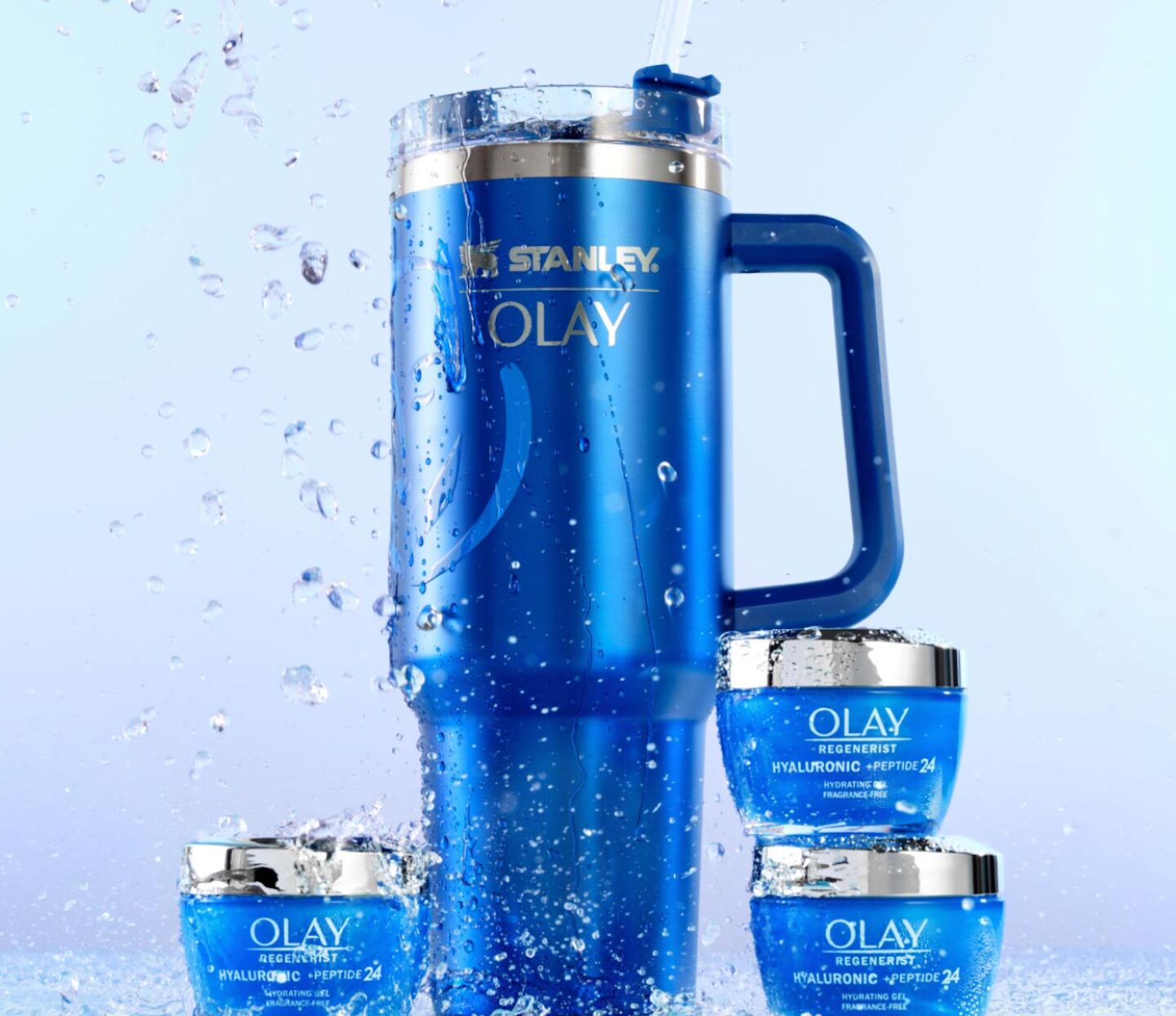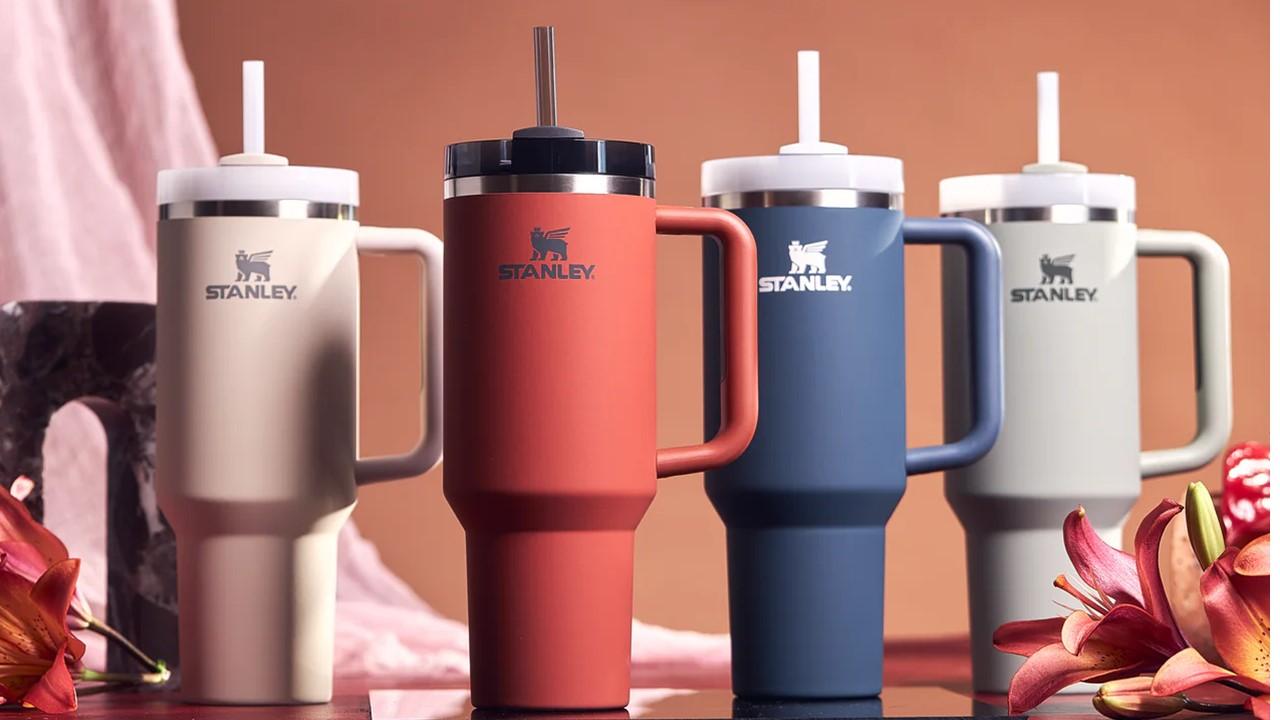Stanley, the thermos brand established in 1913 when founder William Stanley invented a no-frills, all-steel vacuum bottle to keep his coffee warm throughout the day, has been a niche favorite among American outdoorsmen for the last 111 years. It was only four years ago that the company began a rebranding process that would turn it into a cultural zeitgeist, pulling in consumers from all walks of life. So how did this moderately successful company go from its $70 million annual sales figure to $750 million in 2023? The answer is the main focus of this month’s Edge post: the power of color for brand perception.

The true shift in Stanley’s trajectory came when its current president, Terrence Reilly, signed on in 2020. Reilly brought with him a strategy of utilizing rapid fire color drops (releasing limited-edition colors at fast turnaround rates) to tap into individuality while driving up demand. With a color and design for every possible personality, the Quencher tumbler, the brand’s most popular model, has become a vehicle for self-expression. “’We see all the time that our customer wants her Quencher to match her [out]fit, her nail polish, her car, her mood, her kitchen,’” says Reilly.
At this point, the Quencher has been released in over 100 colors, ranging from pastels to neons to jewel tones. Consumers have become collectors, showing off their rainbow treasure troves on platforms like Tik Tok and Instagram. Chelsea Espejo, for example, has 47 cups, and has been vocal about the importance of the broad array of colors to her daily routine. “’On the days that I do have extra time, I search for the specific color that matches my shirt,’” she told CNBC Make It. “’I wouldn’t even say Stanleys are something I use. They’re actually part of my personality. If I don’t have it, if I don’t choose the right color, my day kind of doesn’t go how I planned it.’”

Add in the numerous collaborations that Stanley has worked on, and you’ll see that the opportunities for expressing individuality are truly limitless. This past holiday season, Stanley teamed up with Olay for a limited-edition ocean-blue cup meant to evoke hydration, for example. The golden-bronze limited-edition cup, from Stanley’s partnership with country music star Lainey Wilson, sold out within minutes. A recent collaboration with Starbucks saw frenzied mobs clambering to claim the limited-edition red cup at a number of the coffee chain’s locations.
Upon a closer look, you’ll find that Stanley isn’t the first brand that Terrence Reilly has revived with such gusto. Prior to his move, Stanley worked for Crocs, breathing new life into the waning shoe fad with exactly the same strategy he has employed at Stanley. The beloved and notoriously ugly rubber clogs had been written off as a passing trend when Crocs began their 2014 rebrand centered around, you guessed it, self-expression. With launches of brand-new colors and designs, consumers could choose exactly the right fit for them—from hot pink platform clogs to camo slip-ons.

Since 2017, Crocs has released dozens of limited-edition clogs in collaboration with huge brand names including Balenciaga, the Star Wars franchise, and the bandmembers of Kiss. For people who love Peeps, Crocs rolled out a series of candy-colored clogs with the iconic rubber ducklings sitting on top. For those who love KFC, Crocs unveiled a clog made to look like a bucket of their famous fried chicken. As with Stanley’s Quenchers, the limited-edition clog drops have created a culture of exclusivity—to get that pair that’s the perfect color and design for you, made in collaboration with your favorite brand, you have to act fast.
Stanley cups and Crocs clogs are shining examples of how color can reinvent brand perception. Both companies had seemingly stalled, but when the power of color was harnessed, sales skyrocketed into the stratosphere. Color has the unique ability to speak to each person’s individual personality, and with lightning-fast drops built into a business model, the resulting rainbow of available shades allows everyone to express themselves, exactly the way they want to.








